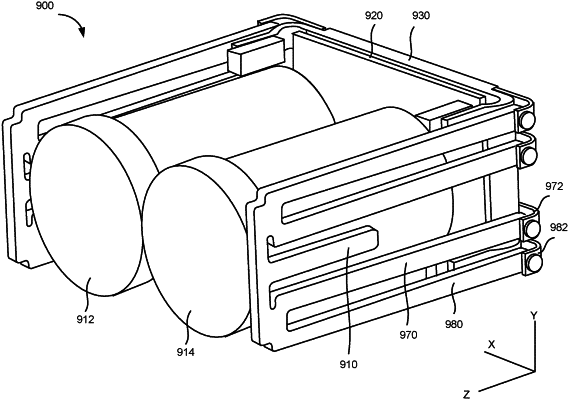| CPC G01S 7/4817 (2013.01) [G01S 7/4815 (2013.01); G01S 17/42 (2013.01); G01S 17/89 (2013.01)] | 6 Claims |

|
1. A method of three-dimensional imaging using a LiDAR system, the method comprising:
scanning the LiDAR system in a first direction with a first frequency and in a second direction orthogonal to the first direction with a second frequency, the LiDAR system including an electro-optic assembly that comprises one or more laser sources and one or more detectors, each respective detector corresponding a respective laser source, wherein the scanning of the LiDAR system in the first direction and the second directions scans a laser beam emitted by each respective laser source across a respective sub-field of view, and wherein the second frequency differs from the first frequency such that a trajectory of each laser source follows a Lissajous pattern;
translating the electro-optic assembly in the first direction and the second direction in a plane that is substantially perpendicular to an optical axis of the LiDAR system;
emitting, using each of the one or more laser sources, a plurality of laser pulses as the LiDAR system is scanned in the first direction and the second direction;
detecting, using each of the one or more detectors, a portion of each respective laser pulse of the plurality of laser pulses reflected off of one or more objects;
determining, using a processor, a time of flight for each respective laser pulse from emission to detection; and
acquiring a point cloud of the one or more objects based on the times of flight of the plurality of laser pulses from each laser source.
|